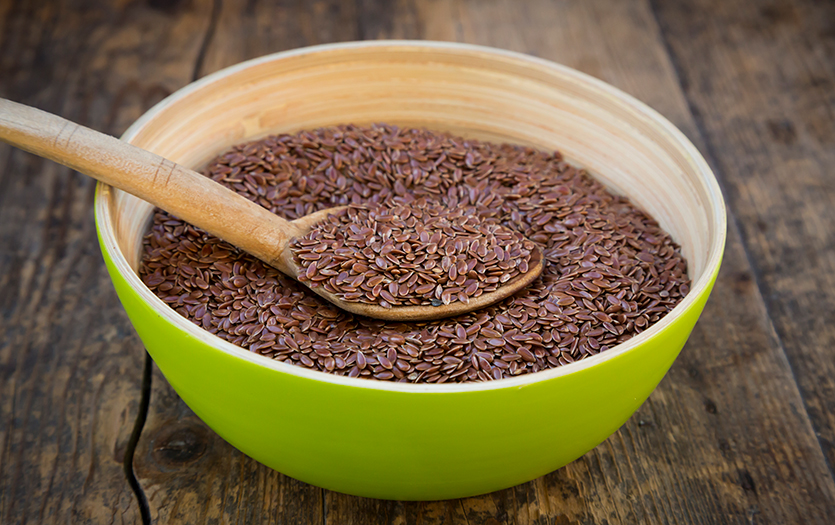
It’s that time of the year again, when we break out the old pair of sneakers, brush the dust off our smoothie maker, and set out to revitalize our health. Despite the long list of objectives and the best of intentions, statistically only about 8 percent of individuals will actually achieve their new year resolutions. According to Molly Brennan, RDN, the key to success is to keep your goals simplistic and realistic.
Meal prepping every Sunday evening or following a set exercise routine may be achievable initially, but over time this might not work with other competing demands. Starting with one or two smaller goals will not only reduce stress in the long term, but will grant you greater confidence to take on more complex goals.
Also, take time to reexamine your motivation for making the change. For example, many people set the resolution to lose weight. This is a good start, but ask yourself why and make that the focus. Perhaps your motivation to lose weight is to feel more energized. Instead of focusing on the weight, focus on the behavior changes that will allow you to feel more energized. Utilizing these strategies, below is an example of how to narrow down your lofty resolution into more simplistic realistic goals.

Common resolution: I want to lose weight.
Why? To feel more energized.
Simpler, more realistic goals that get you one step closer to your overarching goal:
- Aim to get at least 3-5 servings of fruits and vegetables/day. Fruits and vegetables are lower in calories and full of vitamins and minerals. Find simple ways to incorporate more of your favorite produce items into your diet, such as adding a fruit to your morning breakfast.
- Eat a protein-rich food and carbohydrate food when hungry between meals. Don’t let yourself get “hangry”. This only leads to crankiness and overeating at the next meal. Try a handful of nuts and a fruit or string cheese and crackers to keep your blood glucose and attitude steady.
- Pack your lunch at least 2-3 times/week. If you pack yourself a healthier, more nutritious lunch you have no other option but to eat the delicious foods you’ve prepared yourself. Hence, you avoid your otherwise less nutritious cafeteria choice.
- Engage in some type of exercise that you actually enjoy at least 2-3 times a week. Whether it’s a dance class, running, playing Frisbee, or simply taking the dog for a walk, make sure it’s something you actually enjoy and increase frequency as time allows. It doesn’t have to be a HIIT workout to count toward being more active.
- Aim to go to bed 15 minutes earlier than your normal bed time each week until you have achieved your desired bed time. Sleep is imperative to feeling more energized, which allows you to partake in more activities and ultimately choose healthier foods. But it doesn’t happen overnight. Gradually adjusting your bed time schedule is much more achievable than going from a 12 a.m. bed time to a 10 p.m. bed time.
- Reduce the number of meals eaten out each week by half or choose to take half of your meal home in to-go containers. Your wallet will appreciate this as will your body.



